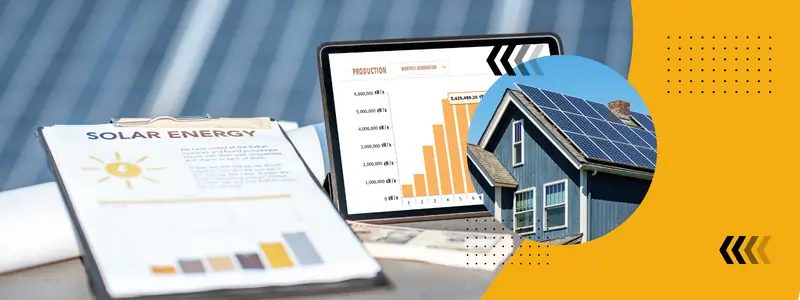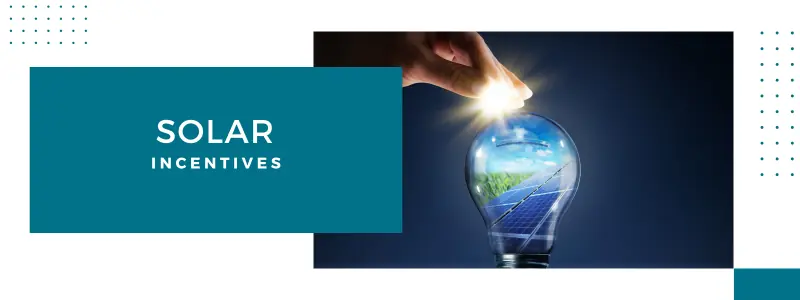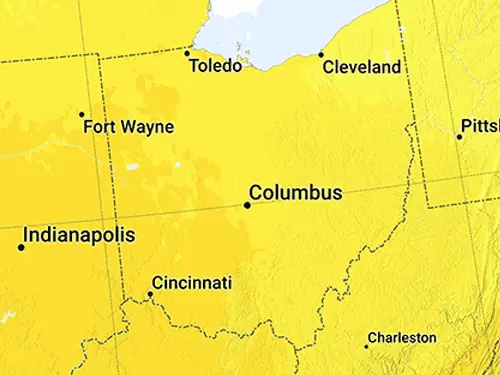Discover the Power of Solar Energy in Ohio!
Welcome to Ohio, a state known for its rich industrial heritage, vibrant cultural scenes, and increasingly, its dedication to renewable energy. Ohio?s solar energy sector is on the rise, driven by its favorable geographic location that receives a significant amount of sunlight year-round. With a mix of state incentives, tax credits, and a growing interest in sustainability among its population, Ohio presents an attractive landscape for solar energy investments. Homeowners and businesses are finding solar power to be an increasingly viable option to reduce electricity costs and carbon footprints. Learn how converting to solar can brighten your home, lower energy expenses, and contribute to a greener, more sustainable Ohio. Join us in harnessing the power of the sun and stepping into a brighter future in the Buckeye State.
Explore Your Rooftop's Solar Potential
Discover how much solar energy your rooftop can generate. Enter your address below:




